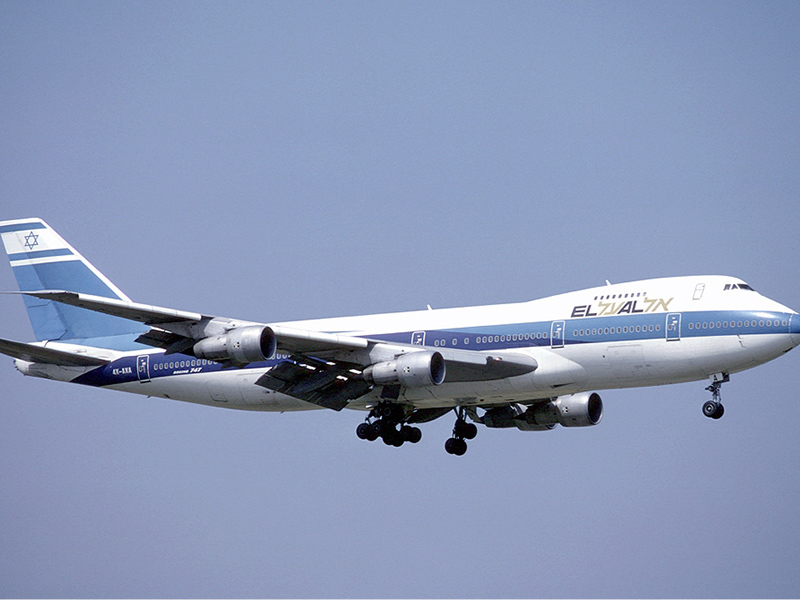Flying across time zones at speeds only a plane can reach makes it seem like humans were always meant to travel. However, jet lag is a universal reminder that travelling through time zones is not second nature.
Jet lag, also called desynchronosis, occurs when the body is removed from its normal, synchronized rhythm. This routine, which is also found in animals and plants, is known as the circadian rhythm – commonly referred to as the body’s “internal clock” – and applies to body processes on a cycle that resets every 24 hours, including but not limited to hunger, sleepiness and bathroom visits.
For the most part, the circadian rhythm is controlled by cues of light and darkness (such as sunlight at daybreak or its absence at night), as well as hormone stimulation in the body. Its primary function is to prepare and control the body in changing environmental conditions. Jet lag symptoms include headaches, irritability and difficulty sleeping, which ultimately create a cycle where being out of sync can get worse.
READ: LESSONS FROM OUR MOTHERS
A little bit of research goes a long way when it comes to tackling jet lag. Important things to consider are the time of day at your destination, the time of day of your flight, the length of the flight and the number of time zones you’ll be crossing. For example, when heading to Israel from Toronto, which is currently on eastern daylight time, an overnight flight that lands in the morning will be better suited for sleeping, making the shift in Circadian rhythm more harmonious.
Experts typically recommend preparing yourself for the time zone shift several days before a flight to ease the transition. While not practical in every situation, shifting the times you go to sleep and wake up, and controlling the amount of light in your space, will prime the circadian rhythm for the change in time and quicken the acclimatization process at your destination. It’s usually suggested for passengers on eastbound flights to move their bedtime earlier, while those on westbound flights should try to stay up later. These actions are ultimately meant to match the sun’s cycle at your destination.
It’s no secret that health care providers advocate against watching TV or having any form of digital screen active while trying to sleep in everyday life. Research has been done on the effect of the blue light, as well as the sound and distraction, emitted by these devices on sleep and, across the board, it’s not recommended. This is no different for travel. While movies can be a great way to pass the time, if your end goal is to sleep on the plane, an active screen in front of you will contribute to a less restful and non-continuous sleep.

Another health issue that can arise while flying is dehydration. Pressure changes, filtered low-humidity air, salty foods and long times spent seated can wreak havoc on the body’s water storage. Low levels of water in the body can increase the risk of circulation problems and deep vein thrombosis (blood clots in the leg veins). As well, decreased hydration can reduce the mucus lining of the nose, mouth and throat, making it harder to trap and expel viruses and bacteria. The Aerospace Medical Association recommends drinking eight ounces of water for every hour in the air, as well as using a hydrating nasal spray, limiting caffeine and alcohol intake and applying a hydrating skin moisturizer. To keep skin hydrated, it’s a good idea to avoid flying with makeup on, as it can seep into pores and pull out moisture.
Providing further comfort on flights, a horseshoe-shaped neck pillow will stabilize and support the neck when sleeping, and stop the head from nodding. Neck supports can minimize muscle tension and reduce post-flight headaches. Neck tension from awkward sleeping postures can be a large contributor to jet lag-related headaches and back pain. Treatment by a manual therapist to the soft tissues can help relieve these symptoms.
If popping ears is of concern, earplugs designed with a filter to reduce the inner ear pressure during altitude changes, such as EarPlanes, or chewing gum can make flying more comfortable.
Frequent movement during flights can improve circulation and prevent clots and swelling. Taking a walk every hour that you’re not sleeping, standing and marching on the spot, lifting your feet and rotating your ankles, or tapping your feet on the floor while seated are all good ways to get the blood recirculating.
Dr. Deborah Mechanic is a doctor of chiropractic and acupuncture provider practising in Toronto. For questions, email [email protected].






